Kiko Goat
- February 22, 2024
- 0 comment
Kiko goats, originating from New Zealand, are a resilient and adaptable breed known for their robust nature and excellent meat quality. Developed in the 1970s by New Zealand farmers, these goats were bred to thrive in harsh environmental conditions with minimal human intervention. The name “Kiko” stems from the Maori word meaning “flesh” or “meat,” emphasizing their primary purpose for meat production. Kiko goats exhibit a sturdy build, with solid coloration ranging from white to various shades of brown and black.
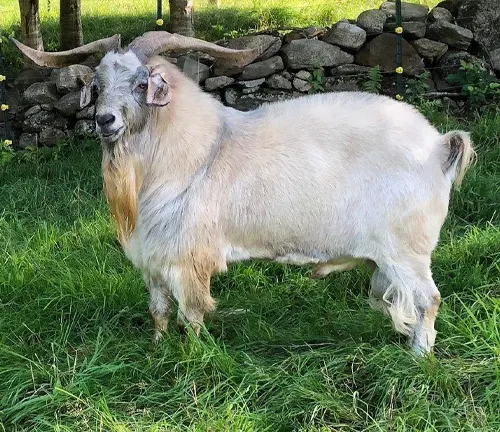
Their coarse coats provide insulation against extreme weather, reflecting their ability to adapt to diverse climates and terrains. In terms of temperament, Kiko goats are generally docile and easy to handle, making them suitable for both experienced farmers and beginners alike. Their strong maternal instincts and inquisitive nature further contribute to their appeal as livestock. With proper care and management, Kiko goats offer farmers a low-maintenance option for meat production, characterized by high-quality, lean meat and minimal healthcare requirements. Overall, Kiko goats are valued for their resilience, adaptability, and contribution to sustainable agriculture practices.
| Specifications | Description |
|---|---|
| Breed Name | Kiko Goat |
| Origin | New Zealand |
| Purpose | Meat Production |
| Coat Color | Solid colors ranging from white to various shades of brown and black |
| Coat Type | Coarse, providing insulation against harsh weather conditions |
| Temperament | Docile, easy to handle |
| Adaptability | Thrives in diverse climates and terrains |
| Maternal Instincts | Strong maternal instincts; attentive mothers |
| Maintenance | Low maintenance requirements; minimal healthcare needs |
| Meat Quality | High-quality, lean meat with a mild flavor profile |
| Lifespan | Average lifespan of 10 to 12 years |
| Gestation Period | Approximately 145 to 155 days |
| Breeding | Selective breeding to maintain desirable traits such as parasite resistance and fast growth rates |
| Challenges | Susceptible to parasites, respiratory infections, and hoof problems; requires proactive disease management |
| Predation | Vulnerable to predation by coyotes, wolves, and other predators; requires predator control measures |
| Marketing | Valued for superior genetics, adaptability, and meat quality; suitable for individual consumers and specialty markets |
| Sustainability | Contributes to sustainable agriculture practices through low-maintenance meat production |
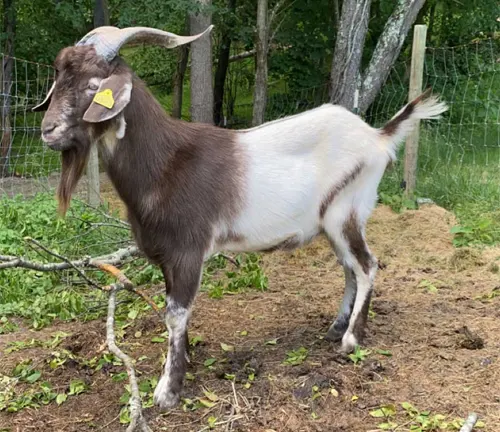
Kiko goats, renowned for their hardiness and adaptability, have gained popularity among farmers and homesteaders for their robust nature and excellent meat quality. Originating from New Zealand, these goats have a fascinating history and offer numerous benefits to those who raise them.
Origins and History
Origins of the Kiko Goat
The Kiko goat originated in New Zealand, where it was developed in the 1970s. The breed’s creation was driven by a need for goats that could thrive in challenging environmental conditions with minimal human intervention. New Zealand farmers sought to develop a breed that exhibited strong resilience to harsh climates and terrain while also possessing desirable traits for meat production.

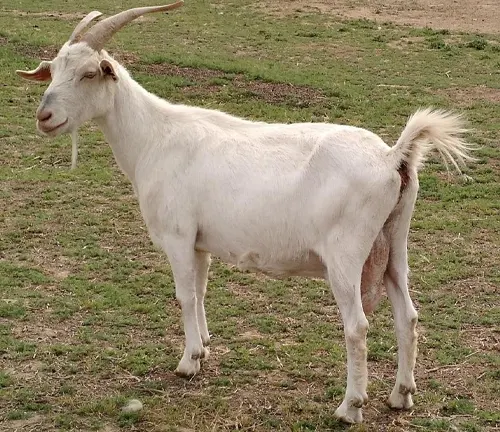
Development of the Breed
The development of the Kiko breed involved a meticulous process of selective breeding and rigorous selection criteria. Farmers focused on traits such as parasite resistance, fast growth rates, and maternal instincts. By carefully selecting breeding stock and implementing breeding practices aimed at enhancing these characteristics, the Kiko breed gradually emerged as a distinct and resilient goat breed.
Characteristics of Kiko Goats
Physical Traits
Kiko goats are renowned for their sturdy build and muscular frame. They typically exhibit solid colors, ranging from white to various shades of brown and black. Their coats are characterized by coarseness, providing insulation against harsh weather conditions. Additionally, Kiko goats often possess strong, robust horns, adding to their distinctive appearance.
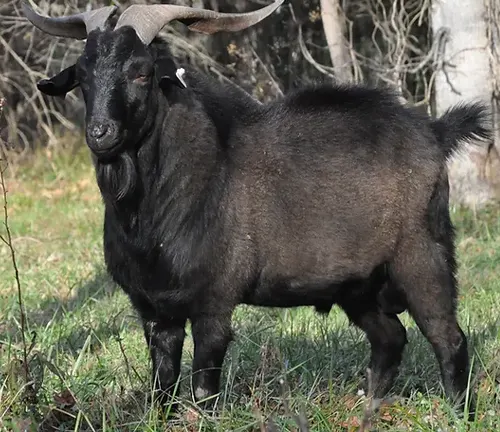
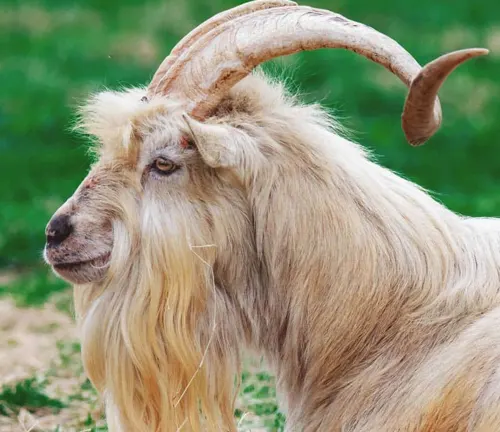
Temperament and Behavior
In terms of temperament, Kiko goats are generally docile and easy to handle. They exhibit a curious and inquisitive nature, exploring their surroundings with confidence. Furthermore, Kiko goats are known for their strong maternal instincts, displaying attentive behavior towards their offspring. Their calm demeanor makes them well-suited for handling and management, contributing to their popularity among farmers and homesteaders alike.
Benefits of Raising Kiko Goats
Adaptability
Kiko goats are highly adaptable animals, capable of thriving in a variety of climates and terrains. Originating from the rugged landscapes of New Zealand, they have evolved to withstand harsh environmental conditions, including extreme temperatures and challenging terrain. Their ability to adapt to diverse environments makes them well-suited for a range of farming systems, from arid regions to mountainous areas. Whether grazing on rocky hillsides or foraging in lush pastures, Kiko goats demonstrate remarkable resilience and versatility, making them valuable assets to farmers worldwide.
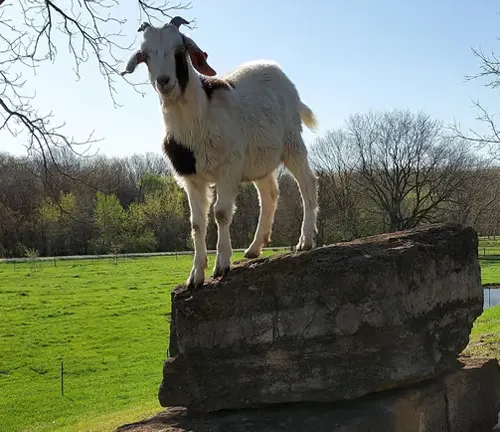
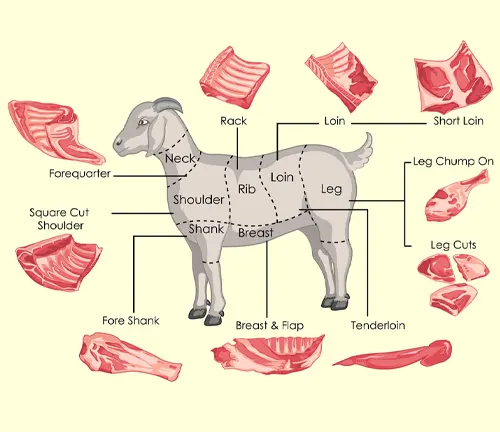
Meat Quality
Kiko goats are prized for their high-quality meat, which is renowned for its tenderness, flavor, and leanness. Unlike some other goat breeds, Kiko goats produce meat with a mild flavor profile and tender texture, making it highly sought after by consumers. The lean nature of Kiko goat meat appeals to health-conscious individuals seeking a nutritious protein source. Whether prepared as roasts, chops, or stew meat, Kiko goat meat consistently delivers exceptional taste and quality, making it a popular choice in both domestic and international markets.
Low Maintenance
One of the key advantages of raising Kiko goats is their low maintenance requirements. Due to their hardy nature and adaptability, Kiko goats require minimal intervention from farmers. They are proficient foragers, capable of subsisting on a diet of pasture and browse, which reduces the need for supplemental feeding. Additionally, Kiko goats have relatively few health issues compared to some other livestock species, further minimizing the need for veterinary care. Their low maintenance requirements make them an attractive option for farmers seeking a sustainable and cost-effective livestock investment.

Housing and Feeding Requirements

Ideal Living Conditions
Kiko goats thrive in open, spacious environments where they have access to ample grazing land and natural vegetation. Ideally, their living conditions should mimic their natural habitat, providing opportunities for grazing, browsing, and exploring. Adequate shelter is essential to protect them from extreme weather conditions such as heavy rain, strong winds, or excessive heat. While Kiko goats are adaptable and can tolerate a range of climates, providing them with shelter, such as simple shelters or barns, ensures their comfort and well-being during inclement weather. Additionally, ensuring access to clean water sources is crucial for hydration and overall health.
Nutritional Needs
Meeting the nutritional needs of Kiko goats is essential for their health and productivity. While they are proficient foragers and can subsist on a diet of pasture and browse, supplementing their diet with high-quality forage, hay, and mineral supplements may be necessary, especially during periods of limited grazing or poor pasture quality. Providing a balanced diet rich in fiber, vitamins, and minerals supports their overall health, growth, and reproduction. It’s important to monitor their nutritional intake and adjust their diet accordingly to ensure optimal health and performance. Additionally, access to fresh, clean water is vital for proper digestion and hydration. Regularly assessing their nutritional needs and providing appropriate feed and supplements ensures the well-being of Kiko goats and maximizes their potential for growth and productivity.

Breeding and Reproduction
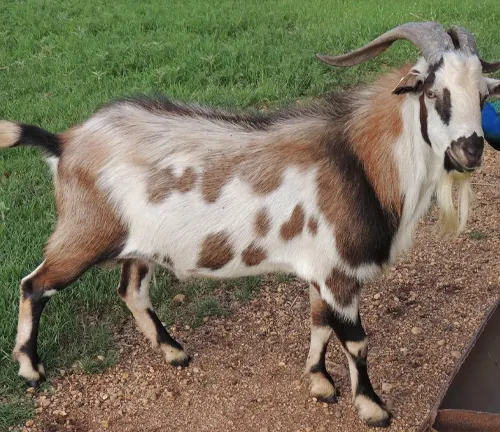
Breeding Practices
Breeding Kiko goats involves careful planning and selection of breeding stock to maintain and enhance desirable traits within the herd. Farmers typically employ selective breeding practices aimed at improving characteristics such as parasite resistance, fast growth rates, and maternal instincts. This often involves selecting superior bucks and does with desirable traits and genetic backgrounds.
Before breeding, it’s essential to assess the health and condition of both the male and female goats to ensure they are in optimal breeding condition. Bucks should be evaluated for fertility and overall health, while does should be monitored for signs of heat and readiness for breeding.
Once suitable breeding pairs are selected, controlled mating practices may be implemented to ensure successful reproduction. This may involve introducing the buck to the does at specific times during their estrus cycle to maximize the chances of conception.
Gestation Period
The gestation period for Kiko goats typically ranges from 145 to 155 days, with an average duration of around five months. During pregnancy, it’s essential to provide pregnant does with proper nutrition, healthcare, and management to support fetal development and ensure the health of both the dam and offspring.
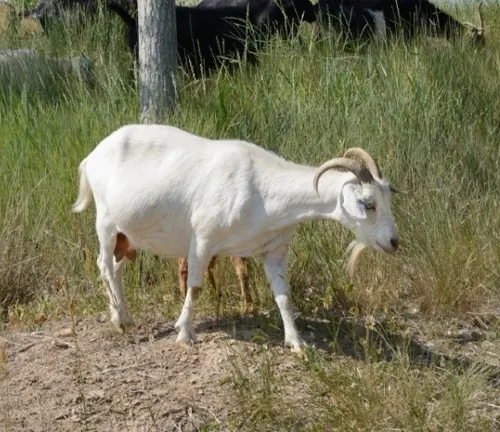
Monitoring pregnant does for signs of complications or distress is essential throughout the gestation period. This includes regular health checks, monitoring weight gain, and providing appropriate veterinary care as needed.
As the due date approaches, ensuring the availability of clean, dry, and comfortable kidding areas is essential for a smooth and successful birthing process. Adequate shelter, bedding, and privacy help reduce stress and minimize the risk of complications during kidding.
Healthcare and Disease Management
Common Health Issues
Kiko goats, while generally hardy and adaptable, can still be susceptible to various health issues that can impact their well-being and productivity. It’s crucial for goat farmers to be aware of these common health issues and take proactive measures to prevent them. Some of the most common health issues in Kiko goats include:
- Parasitic Infections: Internal and external parasites such as worms, ticks, and lice can affect Kiko goats, leading to symptoms like weight loss, anemia, and decreased productivity.
- Respiratory Infections: Respiratory infections, including pneumonia, can occur in Kiko goats due to bacterial or viral agents or poor environmental conditions.
- Hoof Problems: Issues like hoof rot and hoof scald can arise in Kiko goats, particularly in wet or unsanitary conditions, leading to lameness and discomfort.
- Nutritional Disorders: Nutritional imbalances or deficiencies can cause problems such as vitamin deficiencies or metabolic disorders in Kiko goats.
- Reproductive Disorders: Reproductive issues like infertility, abortion, or dystocia can impact breeding success and herd fertility in Kiko goats.
Preventative Measures
Minimize the risk of common health issues in Kiko goats, farmers can take several preventative measures:
- Implement Regular Deworming: Establish a deworming schedule and administer anthelmintic treatments to control internal parasites. Rotational grazing and pasture management can also help reduce parasite burdens.
- Maintain Clean Living Conditions: Provide clean and dry bedding, as well as well-ventilated shelter, to prevent respiratory infections. Regular cleaning of barns and pens can help minimize disease transmission.
- Practice Proper Hoof Care: Trim hooves regularly to prevent overgrowth and maintain hoof health. Ensure goats have access to dry ground and avoid muddy or wet conditions that can contribute to hoof problems.
- Provide Balanced Nutrition: Offer a diet rich in high-quality forage, supplemented with minerals and vitamins as needed. Ensure goats have access to clean water at all times and avoid sudden changes in diet that can lead to digestive upset.
- Monitor Reproductive Health: Conduct regular health checks and monitor breeding stock for signs of reproductive problems. Provide adequate nutrition and ensure proper mating practices to optimize breeding success.
Different Species
Kiko goats are a distinct breed rather than a group of different species. However, within the Kiko breed, there may be variations in color, size, and other characteristics due to differences in breeding and genetics. While the standard Kiko goat is known for its sturdy build, solid coloration, and hardiness, there may be some variation among individual animals or bloodlines.
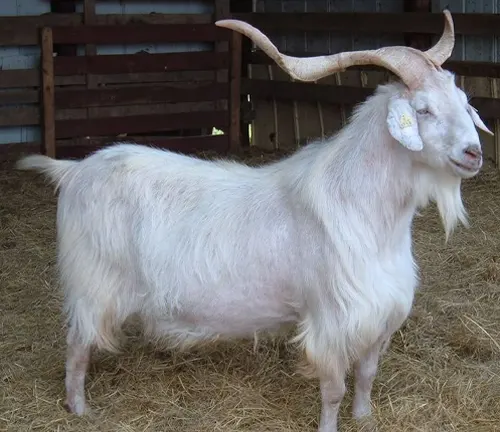
Frequently Asked Questions (FAQs)
- What is the origin of Kiko goats?
This question delves into the history and origins of the Kiko goat breed, providing insights into how they were developed and their journey to becoming a recognized breed. - What are the distinguishing characteristics of Kiko goats?
Individuals interested in Kiko goats often inquire about their physical traits and unique characteristics that set them apart from other goat breeds. This FAQ addresses traits such as coat color, temperament, and adaptability. - What is the lifespan of a Kiko goat?
This question explores the typical lifespan of Kiko goats, providing information on their longevity and factors that may impact their lifespan, such as genetics and environmental conditions. - How do you care for newborn Kiko goat kids?
Goat owners may seek guidance on caring for newborn Kiko goat kids to ensure their health and well-being. This FAQ covers topics such as feeding, shelter, and healthcare for newborn kids. - Can Kiko goats be used for dairy production?
Some individuals may inquire about the dairy capabilities of Kiko goats. This question addresses whether Kiko goats are suitable for dairy production and provides insights into their milk production potential. - What is the average size of a mature Kiko goat?
Prospective goat owners may seek information on the size of mature Kiko goats to better understand their space and housing requirements. This FAQ provides details on the average size and weight of adult Kiko goats. - Are Kiko goats suitable for meat production?
This question addresses the suitability of Kiko goats for meat production, highlighting their excellent meat quality and suitability for meat-focused farming operations. - How do you prevent and manage predator attacks on Kiko goats?
Farmers raising Kiko goats in rural areas may have concerns about predator attacks. This FAQ provides strategies and measures for preventing and managing predator attacks on Kiko goat herds. - What are the reproductive characteristics of Kiko goats?
Individuals interested in breeding Kiko goats may inquire about their reproductive traits and breeding practices. This FAQ covers topics such as breeding age, gestation period, and kidding management. - Can Kiko goats be used for vegetation management?
Landowners and farmers may inquire about using Kiko goats for vegetation management purposes, such as clearing brush and controlling weeds. This question explores the suitability of Kiko goats for vegetation management tasks and provides insights into their grazing habits.


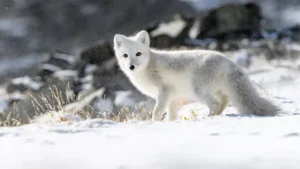

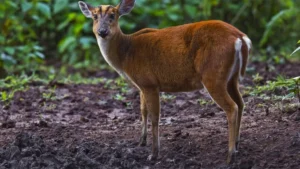

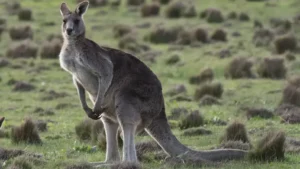




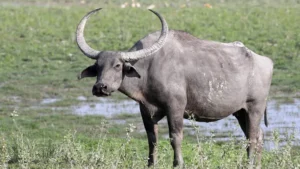
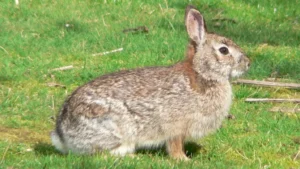

Leave your comment